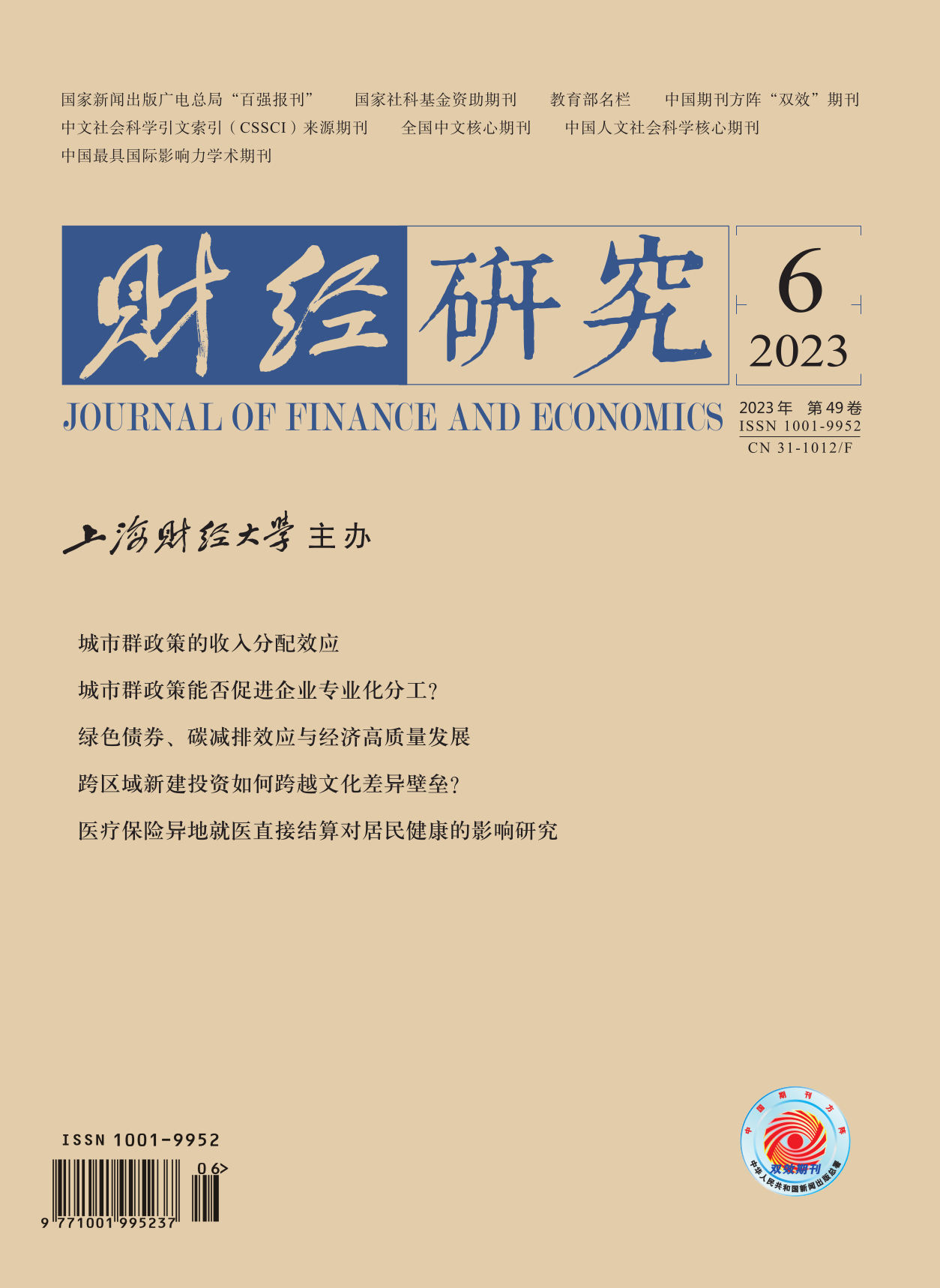How to break the market segmentation and effectively deepen the division of labor and collaboration is the key for China to cope with the unprecedented changes in the past century in the new development stage. Taking the establishment of national urban agglomerations as a quasi-natural experiment, this paper studies the impact of urban agglomeration policy on enterprise specialization from the perspective of micro enterprises by using a multi-period DID model with the financial data of all A-share listed companies in Shanghai and Shenzhen from 2010 to 2019 as well as municipal-level data. It is found that urban agglomeration policy can significantly promote the enterprise specialization in urban agglomeration, and this conclusion is still valid after a series of robustness tests. The mechanism test shows that the promotion effect of urban agglomeration policy on enterprise specialization can be realized by expanding the market scope of enterprises and reducing the transaction costs faced by enterprises, and this effect is affected by the spillover effect and siphon effect of the core city of urban agglomerations. This effect has a “U”-shaped trend as the distance between the city where the enterprise is located and the core city of urban agglomerations gradually increases. The heterogeneity analysis shows that the specialization of sample enterprises in urban agglomerations with multi-cores and urban agglomerations with high-level transportation infrastructure is more significantly promoted by the policy effect of urban agglomerations.
This paper has the following contributions: First, it takes urban agglomeration policy as the entry point and constructs a multi-period DID model to examine the impact of urban agglomeration policy on enterprise specialization, which supplements the research on the influencing factors of enterprise specialization. Second, it examines how urban agglomeration policy affects enterprise specialization by taking enterprises as the research object, which supplements the empirical evidence on the micro effect of urban agglomeration policy. Besides, this paper has some implications for policymaking: Local governments should continuously improve the construction of urban agglomerations at all levels according to development plans and set up corresponding assessment mechanisms. While promoting inter-city cooperation within urban agglomerations, they should also strengthen exchanges and cooperation between urban agglomerations. In addition, local governments should minimize the “agglomeration shadow” by promoting the multi-polarization development and transportation infrastructure construction in urban agglomerations.





 5966
5966  3701
3701

